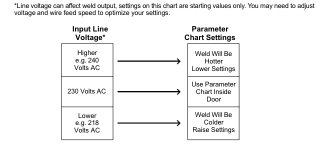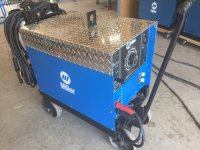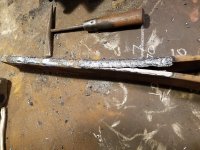stihlman
Bronze Member
Believe it or not, my partner and I buy and restore stick welders, primarily Dialarc and Idealarc machines. We blow them out with all the sheet metal off then use a pressure washer and mean green to clean them up. They look like new with the years of grime off. We let them set for several days prior to power up. Never had a problem




